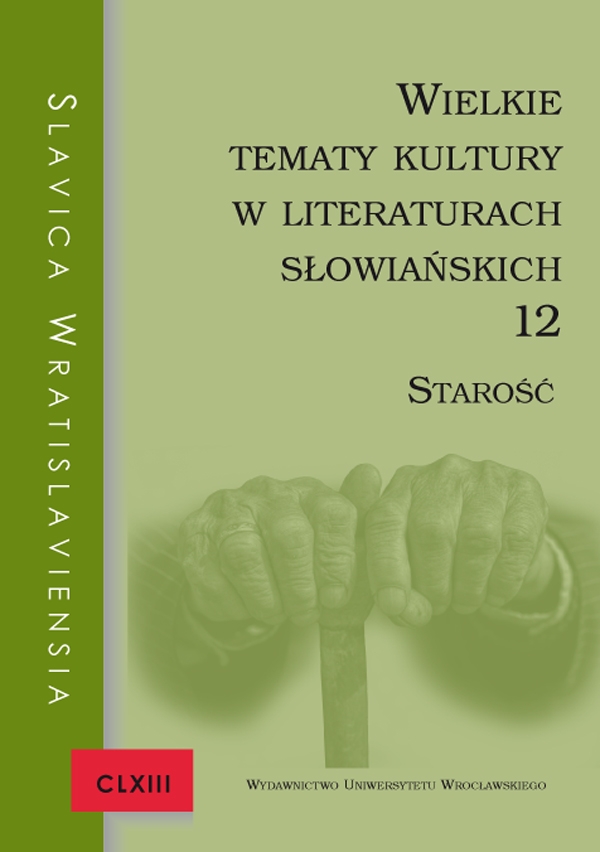

Artykuły

Old people in novels of Yuri Mamleyev The End of the Century
The purpose of the article is an examination of the images of old men and women in The End of the Century — aseries of short stories by Yuri Mamleyev. Elderly characters in the series are almost always presented in the context of the end of their lives and are apretext to present the author’s philosophical views on the nature of existence, death and immortality. Images of reality in The End of the Century are combined with the mystique, the belief in the immortal soul and its journey. Mamleyev’s philosophical views are based on Vedanta and Advaita Vedanta. Hence, his considerations do not fit into the mainstream of the Russian religious-philosophical tradition.
Old people in The End of the Century combine the world of the living with the world of the dead, they are capable of crossing the border — death — in both directions. The characters are often accompanied by acat — which in different beliefs is associated with the ability to communicate with other worlds — and achild, abeing close to the border separating the mortal world from the amorphous underworld, arecurring symbol of rebirth.
Старики в рассказах Юрия Мамлеевацикл Конец века
В статье анализируются образы пожилых людей в цикле рассказов Юрия Мамлеева Конец века. Старые люди почти всегда представлены здесь в контексте конца жизни, ивтакой контекст вводятся философские рассуждения писателя о природе бытия, смерти ибессмертия. При этом изображение реальности сочетается с мистикой, верой в бессмертие души и ее переселение. Поскольку свои философские взгляды писатель основал на учениях веданты и адвайта-веданты, то они не вписываются в русло русской религиозно-философской традиции.
Старики/старухи в произведениях Мамлеева объединяют мир живых и мир мертвых, они способны пересекать границу, которой является смерть, в обоих направлениях. Часто этих персонажей сопровождают кошки, которым в разных верованиях приписывают способность общаться с другими мирами, а также дети, находящиеся близко к границе, разделяющей мир смертных и аморфную преисподнюю, и являющиеся символом повторяющегося возрождения.